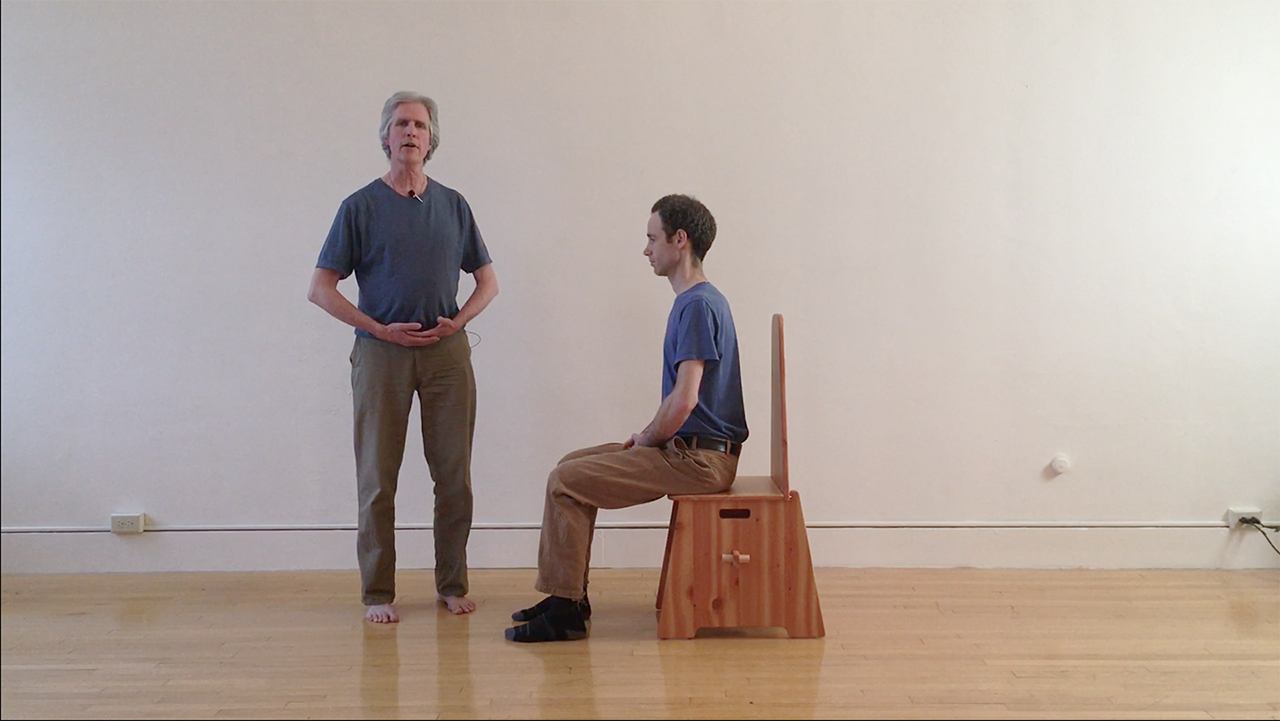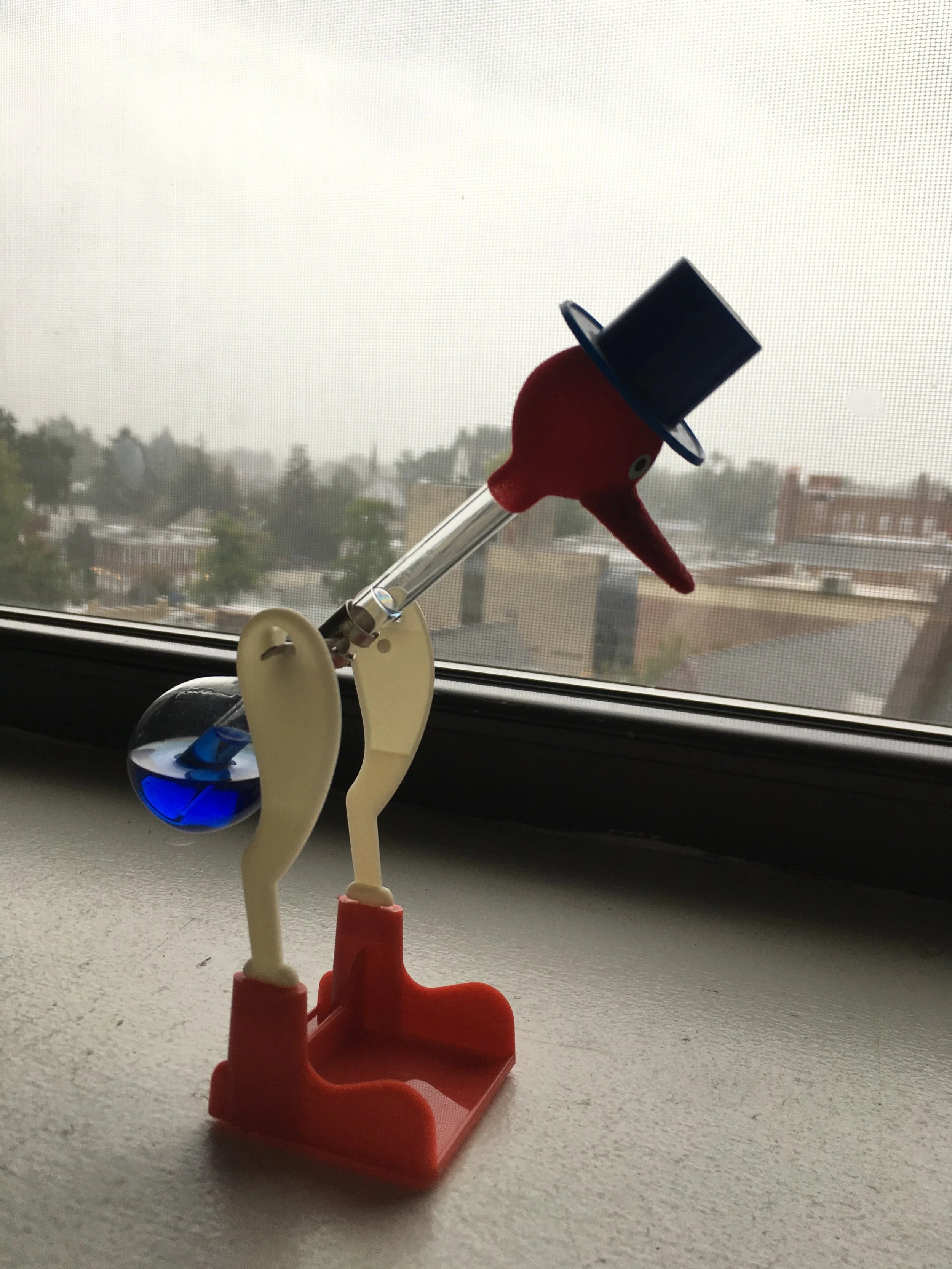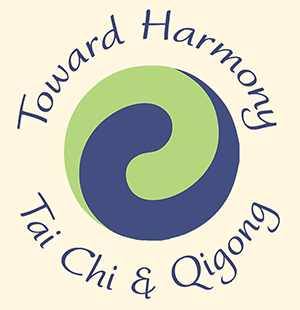How To Structure Your Practice Time
/There is no one way to practice qigong and tai chi. There are many different time-tested methods and principles of practice. Additionally, each individual must figure out what works for them.
That said, figuring out how to practice the material you are being taught in qigong or tai chi lessons can be a challenge. Of course, the simplest thing would be to go home and just do the qigong set or tai chi form that you are learning. And that would be fantastic. If you simply do this, you will likely benefit greatly from it.
However, you will get even more benefit if you use your practice time a little more efficiently. I’d like to offer some ideas about how to structure your practice sessions. These are practice strategies that have proven useful for me, or for others I have discussed this with.
Read More





















